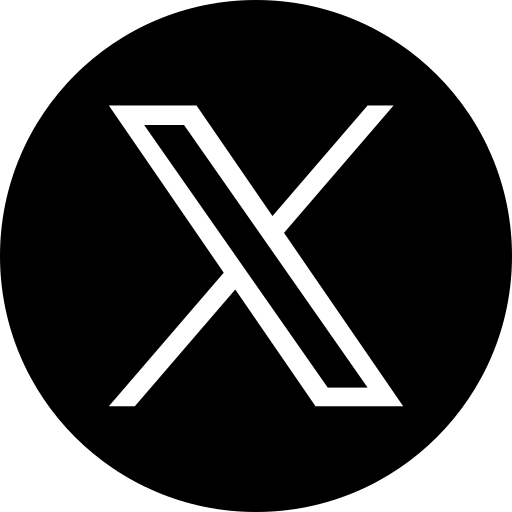The 2025 Blue Yonder ICON conference was held in Music City - Nashville. This was apropos, as for the second year in a row, the executive team was all singing the same tune with their vision for managing domestic and global Supply Chains.
In my write up from last year’s event, I explained their vision for a Supply Chain Platform, all operating from a unified dataset on Snowflake’s AI Data Cloud and Microsoft Azure. A big vision that looks to upend the highly siloed supply chain process the majority of businesses operate under (and the highly siloed analyst assessments). Fast forward 12 months and we were hit with a firehose of updates and announcements from CEO, Duncan Angove and the team.
In no particular order, I’ve highlighted the announcements I found most interesting.
The 7 Pillars of Cognitive
Blue Yonder has defined their go-to-market across their solutions by the key components that they state differentiate their offering.
- 100% Cloud Native
Why it’s important: Always on and always updated. No need for upgrades, they come automatically. - AI Data Cloud & Blue Yonder Platform
Why it’s important: remove integration challenges, deploy faster and reduce costs as adoption increases. - Unified Decisioning
Why it’s important: With Blue Yonder’s history of disparate solutions through acquisition, many of their clients were on very different platforms. Blue Yonder has taken 28 of their planning solutions and re-written them all to ensure the system is integrated. This will speed insights & decision making. - Interoperable
Why it’s important: Improved performance can be achieved if different components of the supply chain can communicate more effectively. - Multi-enterprise Network
Why it’s important: With the One Network acquisition, real-time data sharing and collaboration across different organizations can be achieved. Better visibility equals better collaboration. - Intelligent & Agentic AI
Why it’s important: The rise of AI Agents (more on this below) enables staff to focus on more value-added work and enhances productivity. - Reimagined Experience
Why it’s important: Enhancing the UX for team members and clients ensures quicker adoption and more effective use of the solution(s).
The Rise of AI Agents
Blue Yonder unveiled five domain-specific AI agents throughout it’s solution stack that offer the next iteration for a more productive supply chain stack. They made it a point to highlight the fact that each of the Agents include the term ‘Ops’ as they are designed to simplify operations.
- Inventory Ops Agent: Designed to help planners match supply with demand by identifying mismatches and exceptions, diagnosing root causes of supply issues, and recommending actionable solutions like alternate sourcing or expediting.
- Shelf Ops Agent: Built for planners, this agent simplifies the laborious planograms function. It enables at-scale planogram edits with natural-language interactions. The teams claimed that with this agent, planograms at a per-store level will now be possible.
- Logistics Ops Agent: Used for transportation management; it monitors conditions, recommends route changes to prevent delivery disruptions, automates appointment scheduling changes, and identifys ways to optimize transport costs, on-time deliveries, and emissions.
- Warehouse Ops Agent: This agent coordinates interdependent tasks for faster, more confident decision-making. It dynamically reallocates labor based on shifting priorities, optimizes warehouse layouts using predictive insights, identifies outbound risks early, and streamlines trailer operations according to content urgency and staffing levels.
- Network Ops Agent: This agent monitors operations across the multi-enterprise network, proactively manages disruptions, and optimizes inbound supply and logistics through automation of order confirmations, stockout resolutions, and carrier assignments, allowing businesses to pivot to avoid delays.
The Growth Engine Accelerates
Partnerships and acquisitions continue to drive the roadmap for Blue Yonder as they look to offer the most complete supply chain platform in the market.
Sustainability With Pledge
While this may almost be viewed as a bad word in our current political environment, Blue Yonder announced the acquisition of Pledge, a UK-based provider of freight emissions measurement software. This solution is designed to automate the collection and exchange of shipment data from logistics suppliers. Once integrated, this solution will allow customers to understand the timely and precise emissions impact of their supply chain decisions.
The Supply Chain Knowledge Graph
Launch in conjunction with Snowflake and Relational AI, this tool is designed to better understand and modify key relationships within the supply chain (e.g.,shifting to a new supplier if an existing one becomes unavailable). It leverages AI to shift from exception-based supply chain management toward an insight-driven approach.
Azure AI Foundry
Blue Yonder has become a partner in Microsoft’s AI Foundry. With this collaboration, Blue Yonder and its customers can more quickly design, customize, and manage AI applications and agents. As part of this initiative, Blue Yonder has introduced an Agent Activation Advisory program, designed to help customers implement AI agents for specific and custom applications.
When all was said and done, it was a high energy event with more announcements than at any ICON event before it. Their ability to continue to spend to acquire and develop ($2B since 2023) gives them an advantage. With the announcement that they are currently at six ‘go-lives’ a day (up from two in 2023), this strategy looks to be paying off.
The big challenge around all of this is that to enable all of this innovation and evolution, major change management initiatives will be required. While it makes sense to have all supply chain functions integrated on the same platform, the fact is, most organisations are highly siloed. Change like they are advocating for will take time. How much time will likely be determined by the environment we’re operating in and the tangible value that the Blue Yonder can effectively communicate in the market.





